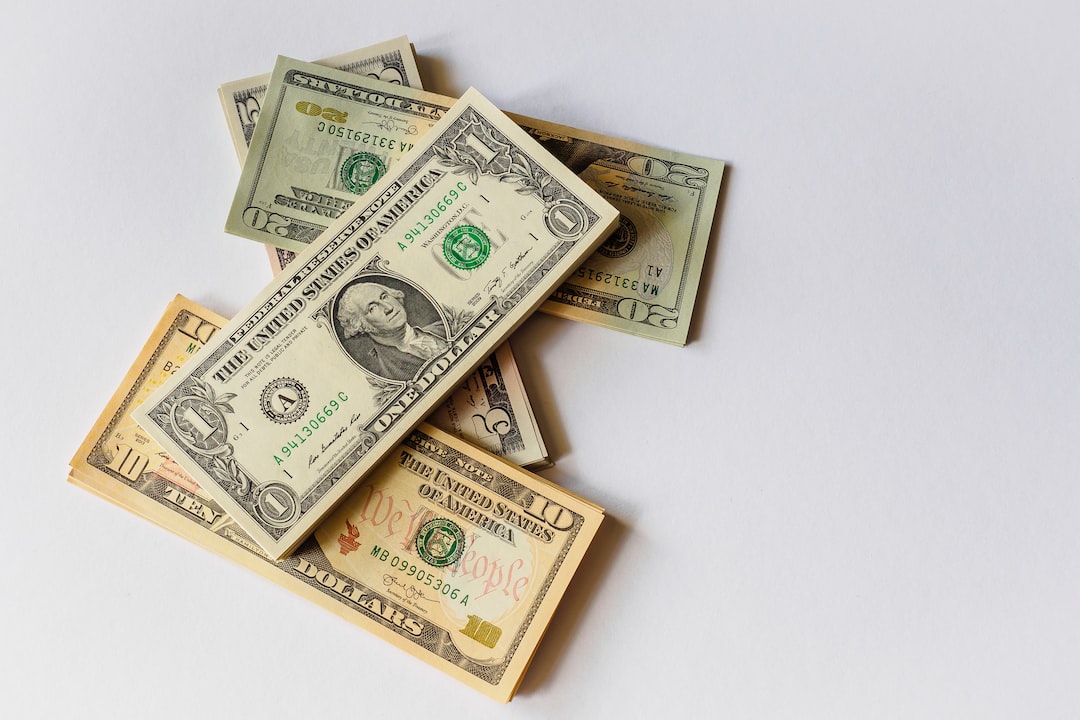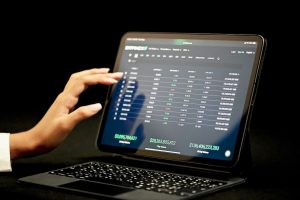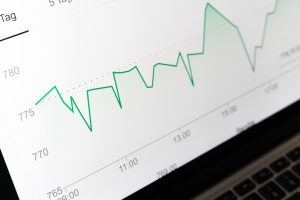Forex, also known as foreign exchange or FX, is the largest financial market in the world. It is the market where currencies are traded, and it is estimated that over $5 trillion is exchanged every day. However, the history of forex is not well-known to many people. In this article, we will explore the origins of forex and how it has evolved to become the market we know today.
The Beginnings of Forex
The origins of forex can be traced back to ancient times, where traders would exchange goods and services for other goods and services. However, the concept of exchanging currencies started in the Middle Ages, where international trade was beginning to flourish. Merchants needed to exchange currencies to conduct business in different countries, and the first currency exchange rates were established.
The modern forex market, however, did not exist until the 1970s. Before this, most countries had fixed exchange rates, which meant that the value of their currency was tied to the value of another currency, usually the US dollar. This system was known as the Bretton Woods system, and it was established in 1944 to help stabilize the global economy after World War II.
The Bretton Woods system worked well for several years, but it started to break down in the 1960s. The US government was printing too much money to finance the Vietnam War, and this caused inflation to rise. Other countries started to lose confidence in the US dollar, and they began to exchange their dollars for gold, which was the reserve currency of the Bretton Woods system.
In 1971, US President Richard Nixon announced that the US would no longer convert dollars into gold, effectively ending the Bretton Woods system. This meant that currencies could now float freely, and their value was determined by supply and demand in the market.
The Birth of the Modern Forex Market
With the end of the Bretton Woods system, the modern forex market was born. Banks and other financial institutions started to trade currencies with each other, and this led to the establishment of currency exchange rates. In the 1980s, computer technology made it easier for traders to access the forex market, and this led to an increase in trading activity.
In the 1990s, the internet revolutionized the forex market. Online trading platforms allowed traders to access the market from anywhere in the world, and this led to a surge in trading volume. The forex market became more competitive, and spreads (the difference between the buying and selling price of a currency) became tighter.
Today, the forex market is the largest financial market in the world. It is open 24 hours a day, five days a week, and it is accessible to anyone with an internet connection. Traders can buy and sell currencies from anywhere in the world, and they can use leverage to increase their potential profits.
Conclusion
Forex has come a long way since its humble beginnings in the Middle Ages. From a system of exchanging goods and services to a modern financial market, forex has evolved to become an integral part of the global economy. Today, the forex market is a hub of activity, with trillions of dollars exchanged every day. It is a complex market, but with the right knowledge and tools, anyone can participate in it and potentially profit from it.





